Always Here for You.
Lighting Warehouse offers direct support to customers. We always have your back.
SHOP BY LW BRAND
SHOP CATALOG
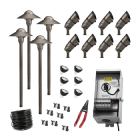 Easy-Install Kits
Easy-Install Kits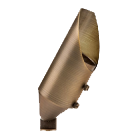 Uplights
Uplights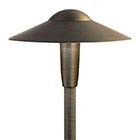 Path & Walkway Lights
Path & Walkway Lights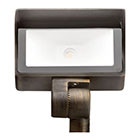 Flood & Wall Wash Lights
Flood & Wall Wash Lights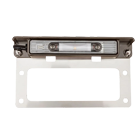 Hardscape Lights
Hardscape Lights Step Lights
Step Lights Outdoor Deck Lights
Outdoor Deck Lights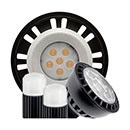 Outdoor Bulbs
Outdoor Bulbs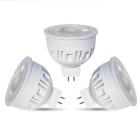 RGBW Color Lights
RGBW Color Lights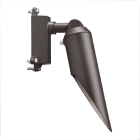 Downlights
Downlights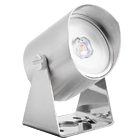 Underwater Lights
Underwater Lights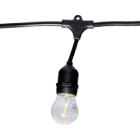 Bistro String Lights
Bistro String Lights Holiday Decorations
Holiday Decorations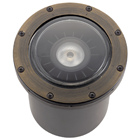 In-Ground Well Lights
In-Ground Well Lights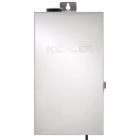 Transformers
Transformers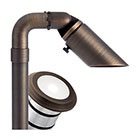 Accessories
Accessories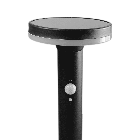 Solar Lights & Portables
Solar Lights & Portables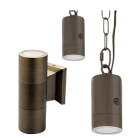 Specialty Lights
Specialty Lights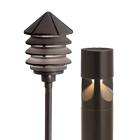 Bollard Lights
Bollard Lights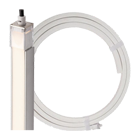 Tape Lights
Tape Lights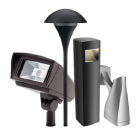 120V Landscape Lighting
120V Landscape Lighting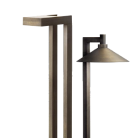 Dark Sky Approved Lights
Dark Sky Approved Lights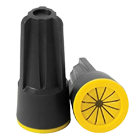 Connectors
Connectors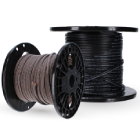 Wire & Cable
Wire & Cable Timers & Control Devices
Timers & Control DevicesAlways Here for You.
Lighting Warehouse offers direct support to customers. We always have your back.
Save More When You Become a Customer!
Lighting Warehouse offers support to customers at home.


November 11, 2024
Table of Contents: Everything You Need to Know About Commercial Landscape Lighting
Whether it’s a corporate campus, a shopping center, a hotel, or a residential complex, you can employ various types of commercial outdoor lighting to meet both aesthetic and functional requirements. In other words, commercial landscape lighting plays a crucial role in enhancing the aesthetic appeal, safety, and security of large commercial properties
In this guide, we’ll cover everything you need to know about commercial LED outdoor lighting—including the key considerations, types of lighting, and best practices for illuminating large commercial landscapes.
In the world of commercial properties, visitors usually make their first impressions before they even step through the door. Landscape lighting is not just about looks; it’s a vital element that enhances some of the most important characteristics of your property, such as:
Choosing the right type of LED lighting is crucial for achieving the desired effect and ensuring durability and energy efficiency. Here are the main types of landscape lighting used in large commercial properties:
Walkway lights are essential for guiding pedestrians along walkways, driveways, and garden paths because they provide safety by illuminating the ground and preventing trips and falls.
And as an added bonus, pathway lights can be installed using low-voltage systems, which are energy-efficient and easy to maintain.
Outdoor uplighting fixtures and floodlights are used to highlight specific features such as statues, fountains, or the building’s façade.
Spotlights home in on a narrow area, creating dramatic effects, while flood lights cover a broader space with intense illumination. LED spotlights and flood lights are popular due to their long lifespan and lower energy consumption.
Uplights and flood lights are used to highlight specific features such as statues, fountains, signage (such as your address and mailbox), or the building’s façade.
Spotlights home in on a narrow area, creating dramatic effects, while flood lights cover a broader space with intense illumination. LED spotlights and flood lights are popular due to their long lifespan and lower energy consumption.
Outdoor in-ground lights, also known as well lights, are embedded into the ground to illuminate trees, architectural features, or walls from below.
These lights are excellent for creating an upward lighting effect, adding depth and dimension to the landscape. Incorporating commercial outdoor lights for these fixtures can easily illuminate structures and features of your landscape without burning a hole in your utility bill.
Another aspect of floodlight lights is wall washing, which involves placing lights close to the walls of buildings to create a soft wash of light that enhances the texture and color of the structure.
Wall wash lighting is perfect for accentuating large surfaces and providing ambient lighting with some outdoor LED lighting options only using 12 volts while still adequately providing the ideal wash lighting on your exterior walls.
Bollard lights are short, sturdy fixtures that provide both aesthetic appeal and functional illumination.
While they are often classified as path lights, bollard lights are actually more versatile, offering a range of applications beyond just pathways, including accentuating landscapes and enhancing security.
You’ll usually find them in parking lots, walkways, and around outdoor seating areas. Bollards can be equipped with directional lighting to minimize glare and light pollution.
Deck and outdoor step lights are installed on stairways, decks, and ramps to ensure safety and maximum visibility.
Step lights are usually recessed into the stair risers or mounted under the edge of step treads, while deck lights are mounted on the sides of steps or railings. For these situations, outdoor LED strip lights are ideal for creating a subtle, unobtrusive lighting effect.
For properties with water features such as fountains, ponds, or pools, underwater lights can create a mystifying effect.
These lights are specifically designed to be waterproof and can be used to highlight the movement and texture of water, a standout feature underneath the night sky.
Effective commercial LED outdoor lighting design requires careful planning and consideration of several factors. Here are some best practices to follow:
Integrating advanced lighting control systems can add a whole new dimension of efficiency to your landscape lighting. Here are some options to consider:
When you’re installing landscape lighting for any large commercial property, it’s imperative that you comply with local regulations and safety standards. Here are some key points to keep in mind:
Landscape lighting for large commercial properties is a complex yet rewarding investment that enhances the property’s aesthetic appeal, safety, and functionality.
By carefully selecting the right types of lighting, following best design practices, and incorporating advanced control systems, you can create a well-lit environment that impresses visitors and meets operational needs.
Remember to prioritize energy efficiency, comply with regulations, and plan for ongoing maintenance to ensure your lighting system remains effective for years to come.
The right commercial LED lights for each space vary depending on your aesthetic and functional needs. However, there are some simple guidelines to follow based on our experience with color-changing outdoor lights. Patios and decks should be somewhere between 2700K – 3000K, and pathways and walkways should have a temperature between 3000K – 3500K. These color temperatures allow for adequate lighting where it’s necessary while reducing glare or jarring changes in lighting temperature.
You should aim for your commercial lighting fixtures to have at least an IP65 rating. This ensures a dust-tight enclosure to prevent dirt and water from entering the interior and damaging the fixture. At this IP rating, your outdoor lights are also protected from rain and directed water jets. This means that you can go over the fixtures with hoses without worrying that they will be damaged by moisture.
Your lighting brightness depends on the intention of the fixture. If you’re using it to create a specific atmosphere, you can have it somewhere between 500 – 1000 lumens. For illuminating pathways, aim for somewhere between 100-200 lumens. If security lighting is more of a concern for you, look for commercial outdoor lighting options in the 2000-lumen and above range.
Want to light up your inbox? Join our Insider list and check out the different landscape outdoor lighting options that we have to offer.
Sign up for exclusive offers and insight into what’s new for Lighting Warehouse. Elevate your outdoor lighting today!
By inputting your email, you agree to receive recurring promotional emails to which you may unsubscribe at your discretion.
Start Building Your Landscape Lighting System Today at Lighting Warehouse!
Monday - Friday

Speak to us at 855-444-8424